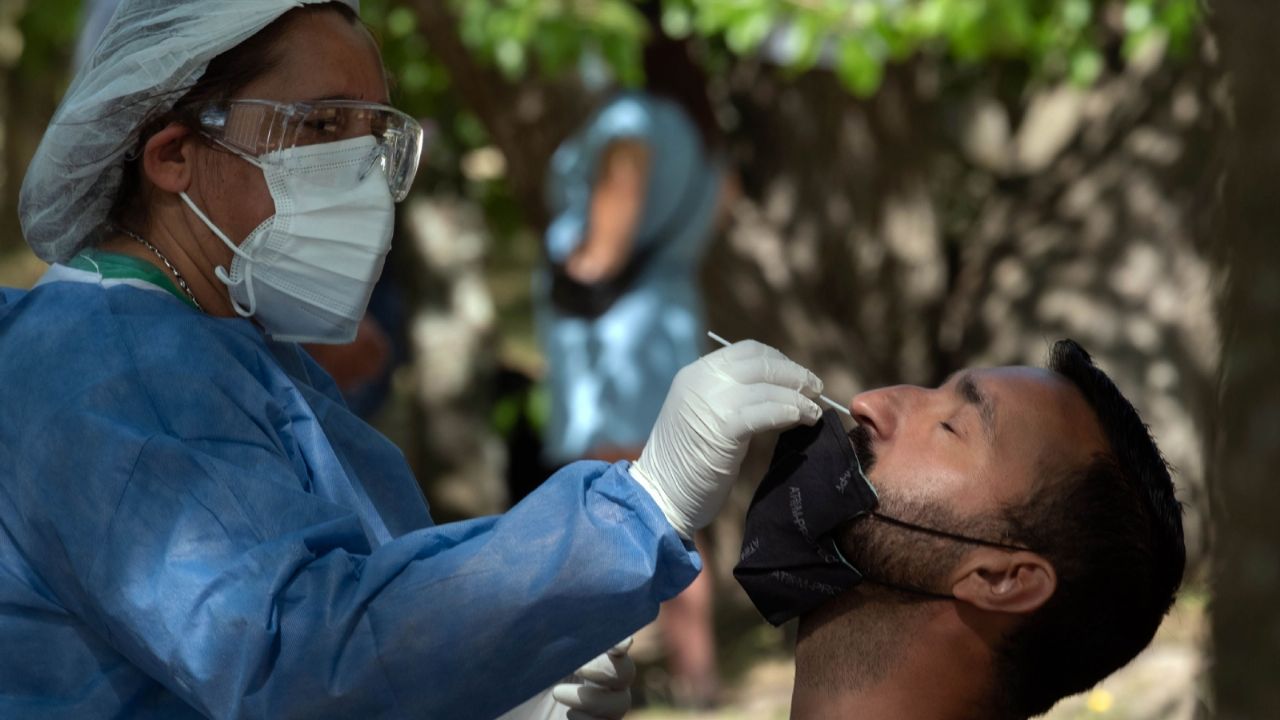Page Seven Digital
What do the character of “Soy Luna” Nina Simonetti, the Bolivian Ministry of Education and the Day of Women in Science have in common? A poster that the State portfolio prepared to commemorate this date.
The controversy began when the art prepared by Education began to circulate on social networks to highlight this February 11 as the International Day of Women and Girls in Science.
The composition of the poster shows three women: in the middle, one in a skirt, on the right, another smiling woman, and on the left, Argentine actress Carolina Kopelioff, in her role as Nina Simonetti, from the children’s and youth series “Son Moon”. Below is the legend: February 11 International Day of Women and Girls in Science.
“In the Disney Channel series ‘Soy Luna’, Carolina Kopelioff plays Nina Simonetti, the ‘brain’. Apparently, that was enough for the Ministry of Education to consider her for their International Women’s Day banner and la Niña en la Ciencia”, user Ernesto Lcf commented on Facebook.
You can also read: They will sell the posters of the La Obertura space
“That happens when your graphic designer is worth the rights to use the images that are downloaded from Google, in false png”, another Internet user said.
“Not knowing the field at all… and exercising power… sad…”, another user said on Facebook.
“It is just a sign that there is no culture in those who seek to promote culture in Bolivia,” reads another comment on that social network.
“Too bad, not even hack che…” and “the Ministry of ‘Education’ from shame to shame”, appear in the comments to the ministry’s publication.
You can also read: MAS puts up Dockweiler posters in Pumakatari; Mayor qualifies as a grievance
On the other hand, a user of the same platform observed the use of Aymara women and “discrimination” against women from eastern Bolivia.
“Why do they always put an Aymara woman!!!, and the women from the east!!!!!(sic)”, he opined.








